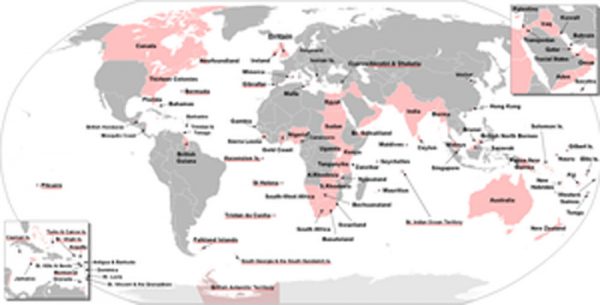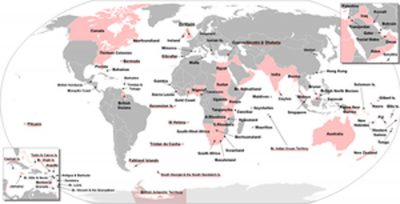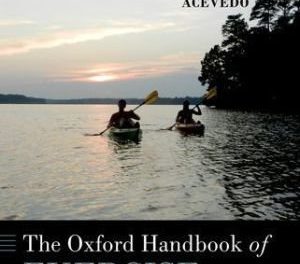 Author: David Veevers
Author: David Veevers
Publisher: Cambridge University Press – 292 pages
Book Review by: Sonu Chandiram
As most people probably know, Great Britain conquered territories not only in Asia, Africa, Europe, and the Middle East but also in Oceania (Australia and New Zealand), in the Pacific (Malaya and Singapore) and in North America such (Canada and the United States).
The British people also conquered parts of South America such as British Guyana, the Falkland Islands, and Trinidad and Tobago, as well as numerous islands in Central America, among which, to name a few better-known ones, were: the Bahamas, Barbados, British Virgin Islands, Cayman Islands, Grenada, and Jamaica.
Between the late sixteenth and early eighteenth centuries, the British Empire comprised, at its height, the largest acquired compilation of land and natural resources, as well human capital and physical wealth, by any foreign power.
According to a Wikipedia article, the British Empire, at its height of power,
- Had sway over 412 million people: almost a quarter of the world’s people
- Covered 13.7 million square miles: 24 percent of the Earth’s total land area
- Was the foremost global power and the largest empire in history
- Created and spread a cultural, economic, legal, linguistic, political and social legacy that has lasted for four centuries, and will continue to last possibly for millennia.
A pictorial view of the extent of the British Empire at its height is presented at the end of this book review.
This book is about the British Empire in Asia during 150 years between 1600 and 1750. In Asia, [its captured territories included India as well as Burma and Ceylon (then part of India) as well as Malaya and Singapore.
This book’s content in eight chapters is organized around four Parts:
Introduction: ‘A Hundred Gates Open for Entrance’
- Part I – Weakness and Adaptation
- ‘A Boddy without a Head’
- ‘Soe Fayre an Opportunitie’
- ‘Not as Absolute Lords and Kings of the Place’
- Part II – Subordination and Expansion
- ‘To Be Determined by the Moor’s Justice’
- ‘A Firm Settlement in this Place’
- Part III – Limitations and Devastation
- The Malays Will Not Preserve ye Countrey Themselves’
- ‘The Company as Their Lords and the Deputy as a Great Rajah’
- Part IV – Empire
- ‘The End of These Things Will Not Be Good’
Conclusion: Rethinking the Origins f the British Empire in Asia
The collective experience of the British traders that were part of the British East India Company, necessitated cooperating with the local merchants in order to attain their goals, which initially were to become successful traders. This company later expanded its goals to acquiring valuable assets (such as gold and silver jewelry, and other items) as well as increasing the volume of trade.
The author David Veevers, after discussing all the historical events covered in this book, writes: “The early modern world proved to be a dangerous and unpredictable place for a small European state such as England, and at least until the mid-eighteenth century, any attempt to successfully prosper overseas relied on the cooperation, support and facilitation of other cultures and political communities.
In what many historians define as a period of intense globalization, England / Britain’s expansion in the seventeenth and early eighteenth centuries was shaped and ultimately facilitated by powerful foreign forces beyond its shores, and not by the more peripheral concerns of domestic interests.”
The British Empire at Its Height – credit Wikipedia
This is an excellent book on the historical events surrounding the beginnings of British trade with the people, and later, colonization of certain territories in Asia.
Author:
David Veevers is a Leverhulme Early Career fellow at Queen Mary University of London. He has published articles in the Journal of Imperial and Commonwealth History and the Journal of Global History. He won the Royal Historical Society’s Alexander Prize in 2014. He is co-editor of The Corporation as a Protagonist in History, c. 1550 to 1750(2018).







